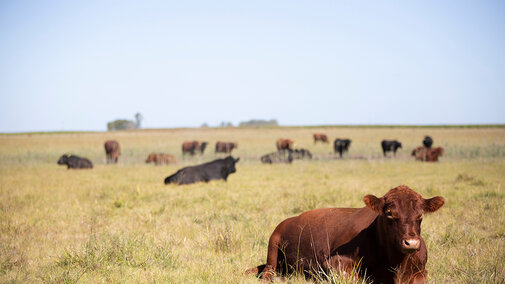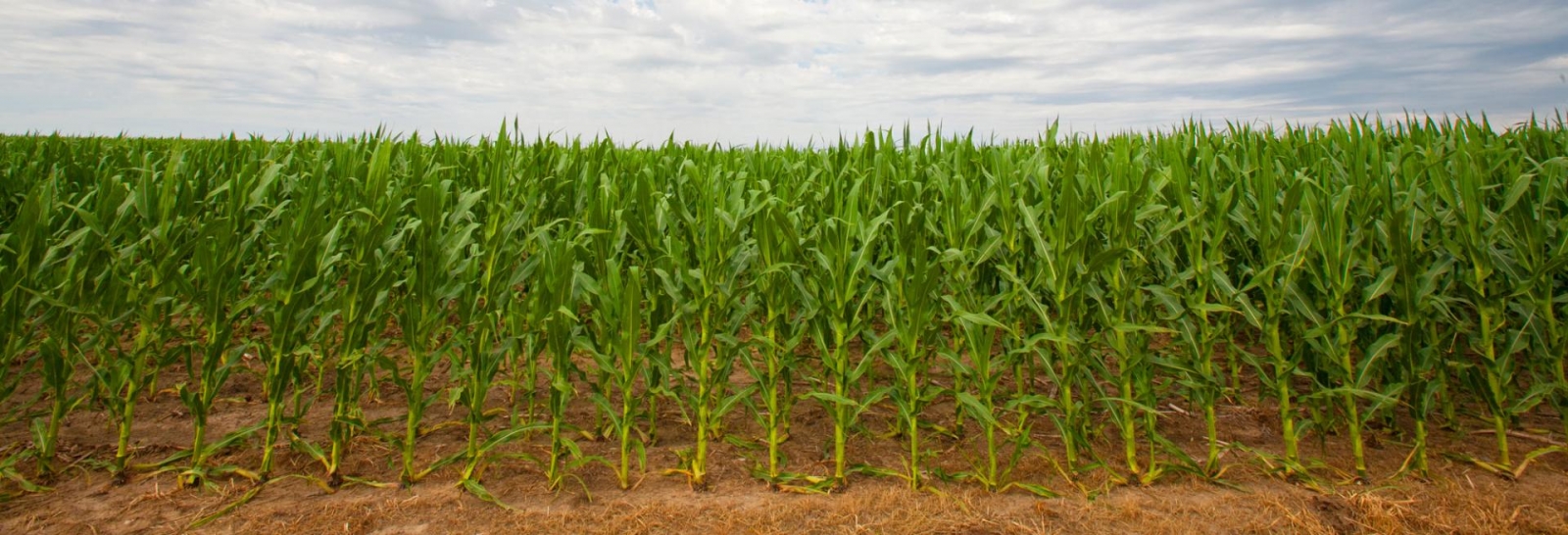Considerations for Fall Grazing Annual Forages
Fresh forage options in the fall often come with strings attached. While the potential for high quality grazing is present, knowing the risks that may come along is critical to make the most out of these forage resources.
The two main drivers of risks for fall grazing come from the environment — freezing temperatures and drought. Let’s look at drought first.
When moisture is lacking, plant growth is slowed. This is a major obstacle for establishing fall forages but can cause problems with already growing plants too. Cover or forage crops planted during the summer may begin accumulating nitrates as dry weather slows growth. This is especially true for forages planted into an already fertilized row crop that was hailed out.
Cold weather can be a cause for concern too. As temperatures drop, growth slows and nitrates can build up again. When plant cells freeze, they can burst, making nutrients more readily available. In high quality forages, this can lead to bloat, especially early in the morning when forage moisture is highest.
In sorghum species including sudans, ruptured cells due to freezing is a bit more serious. This damage releases prussic acid a cyanide compound, which can be deadly to livestock if consumed in high enough quantities. While it can dissipate out in five to seven days, each time more of the plant is damaged by frost, prussic acid is released.
Fall forages can be a great grazing opportunity but need to be managed carefully to be safe. Watch for nitrates during dry weather and nitrates, bloat, and prussic acid in sorghum species as temperatures drop to get the most out of your fall grazing.
Stacking Risk Tools: PRF, Annual Forage and LRP
For livestock producers, managing risk often means using more than one tool. Three insurance programs — Pasture, Rangeland, and Forage (PRF); Annual Forage (AF); and Livestock Risk Protection (LRP) — can be good options to complement each other to protect both feed supply and livestock value.
PRF insurance helps offset the financial impact of below-average rainfall during the growing season. It’s based on a rainfall index, not actual forage yield, but it can provide timely payments when drought limits grazing potential.
Annual Forage insurance covers forage crops planted annually for feed or grazing, such as small grains or cover crops. It offers protection against precipitation shortfalls during specific growing seasons, making it especially useful for diversified or integrated systems.
Livestock Risk Protection provides price protection for cattle and swine. It works much like a put option, allowing producers to set a price floor for their livestock while still benefiting if markets improve.
Used together, these tools create a more complete risk management plan: PRF and AF help stabilize feed resources, while LRP protects market value. The goal isn’t to eliminate risk entirely but to manage it in a way that improves cash flow and business stability through variable weather and market cycles.
Producers can work with an insurance agent familiar with RMA programs to find the right mix for their operation and budget.

